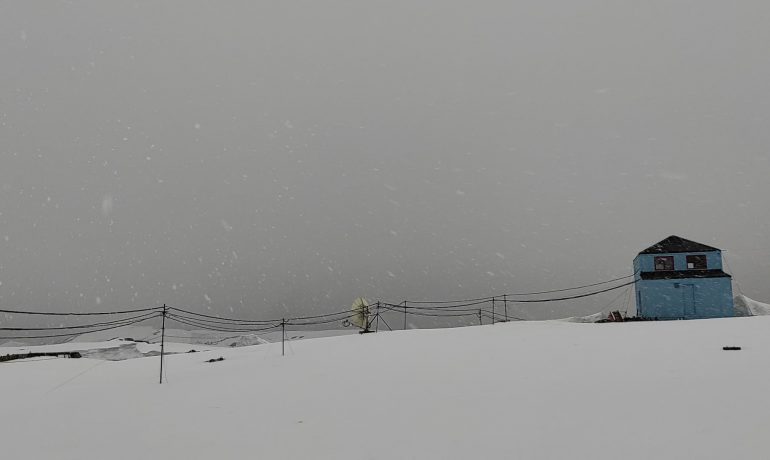On Saturday, December 4, a total solar eclipse was observed directly over our Antarctic Akademik Vernadsky.station. This is a very rare natural phenomenon: the next one should be expected in 18 years, and the previous one was in 2003.
Ukrainian scientists together with colleagues from the world-famous Haystack Observatory of the Massachusetts Institute of Technology (USA) have prepared in advance to record and analyze the eclipse process. Of course, scientists did not expect the dragon, which as it was believed in ancient times eats the sun and sends darkness and cold to the Earth. But from the point of view of science, the phenomena that occur during an eclipse are just as amazing as the appearance of a fairy-tale creature, and much larger.
What is the uniqueness of these phenomena?
When, in the middle of an Antarctic summer day (in the Southern Hemisphere it is now summer), the shadow of the moon is completely eclipsing the solar disk, the night darkness covers the entire near-Earth space from the surface to the ionosphere, creating non-standard conditions for the propagation of radio waves. At such a moment, you can hear radio stations at a record distance of more than 15 thousand km and register the radiation of super-powerful lightning from South America, which usually reaches our station only in a deep winter night.
In addition, the lunar shadow, which moves with extreme speed, is able to form plasma waves in the ionosphere, that is, where the Earth’s protective magnetic field takes on the blows of the solar wind. Our specialists can “catch” these waves of ionized thin gas (plasma) using a special supersensitive radar – an ionosonde of an original Ukrainian design.
The power of these waves may be enough to excite even the Earth’s magnetic field, i.e., to create an unexpected magnetic storm caused by an eclipse. However, Ukrainians do not need to worry: only magnetic meters located at Vernadsky and the Haystack magnetically conjugate observatory can feel and study these disturbances.
Therefore, our scientists use such a unique phenomenon as a total solar eclipse to get to know the world around them better. Scientists from the National Antarctic Scientific Center, the Institute of Radio Astronomy and O. Ya. Usikov Institute for Radiophysics and Electronics of the National Academy of Sciences of Ukraine. We expect from them interesting results (measurements are carried out not only at the time of the eclipse, but also a few days before and after it) and new discoveries.
We thank Bogdan Gavrylyuk, geophysicist and base commander of the 26th UAE, for the video of the eclipse, and Oleksandr Koloskov, a scientist of the National Antarctic Scientific Center and the Institute of Radio Astronomy of the National Academy of Sciences of Ukraine, for the information provided.


